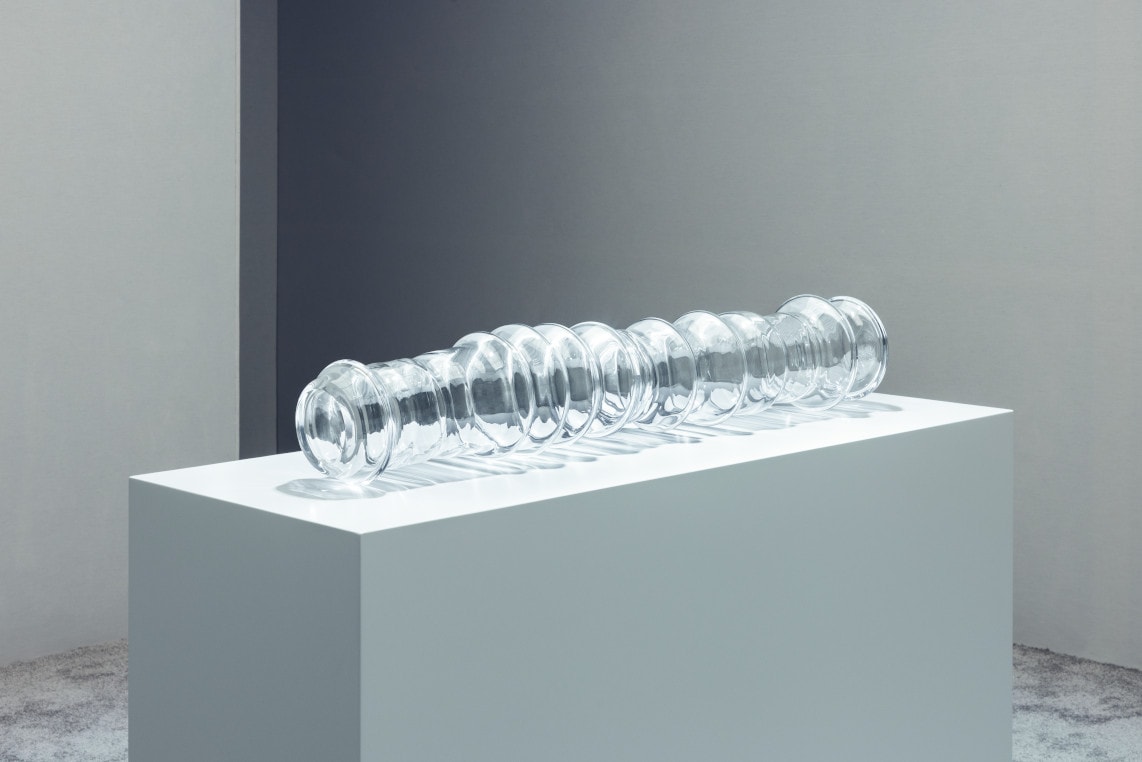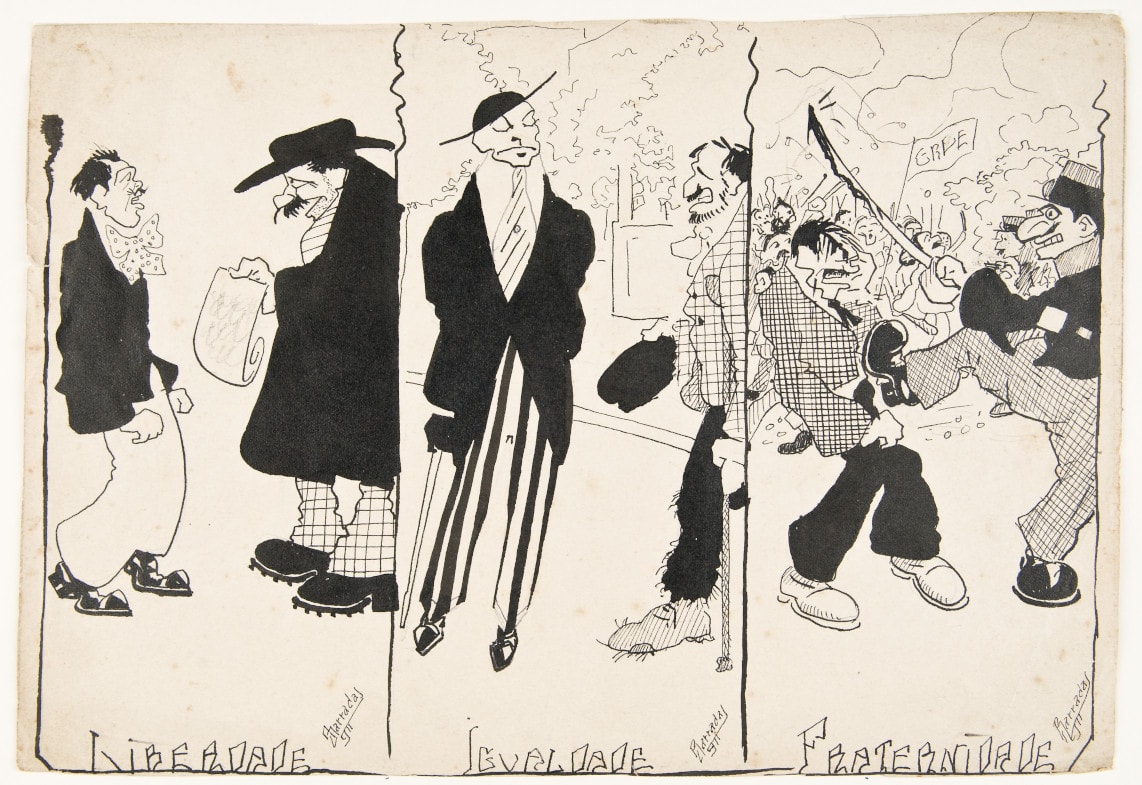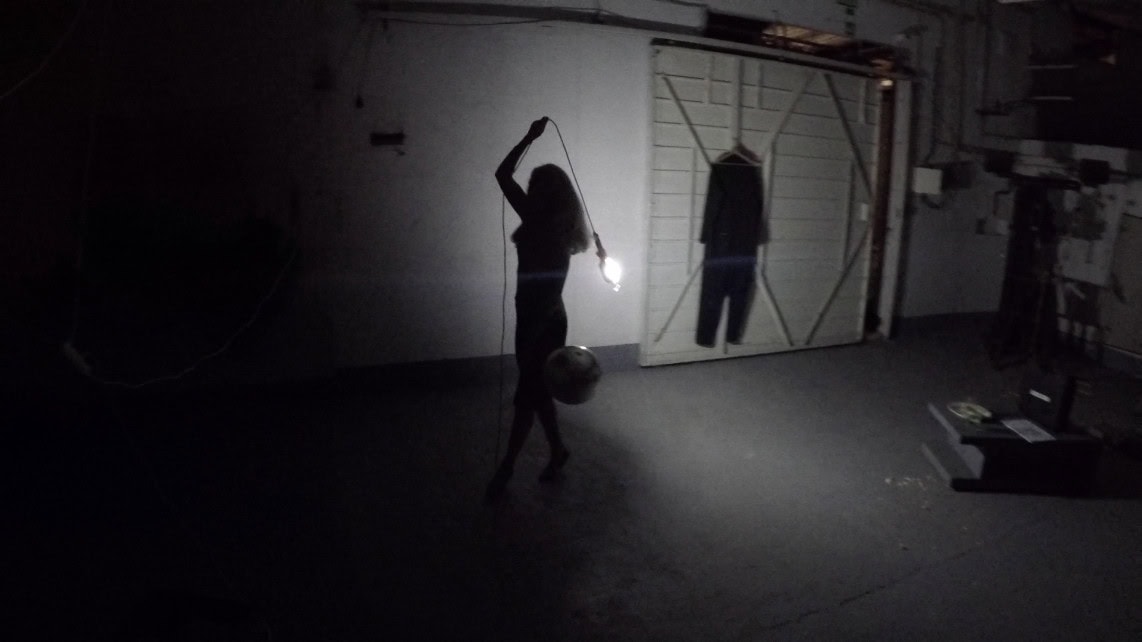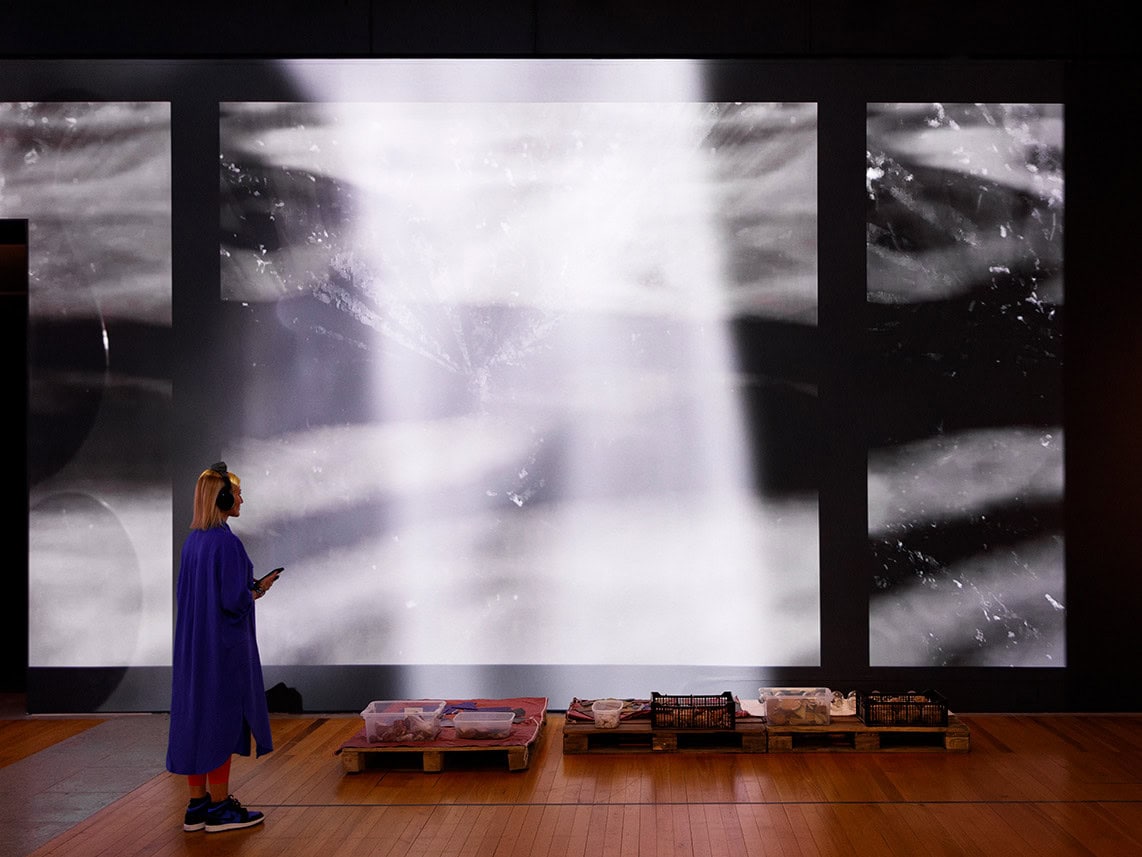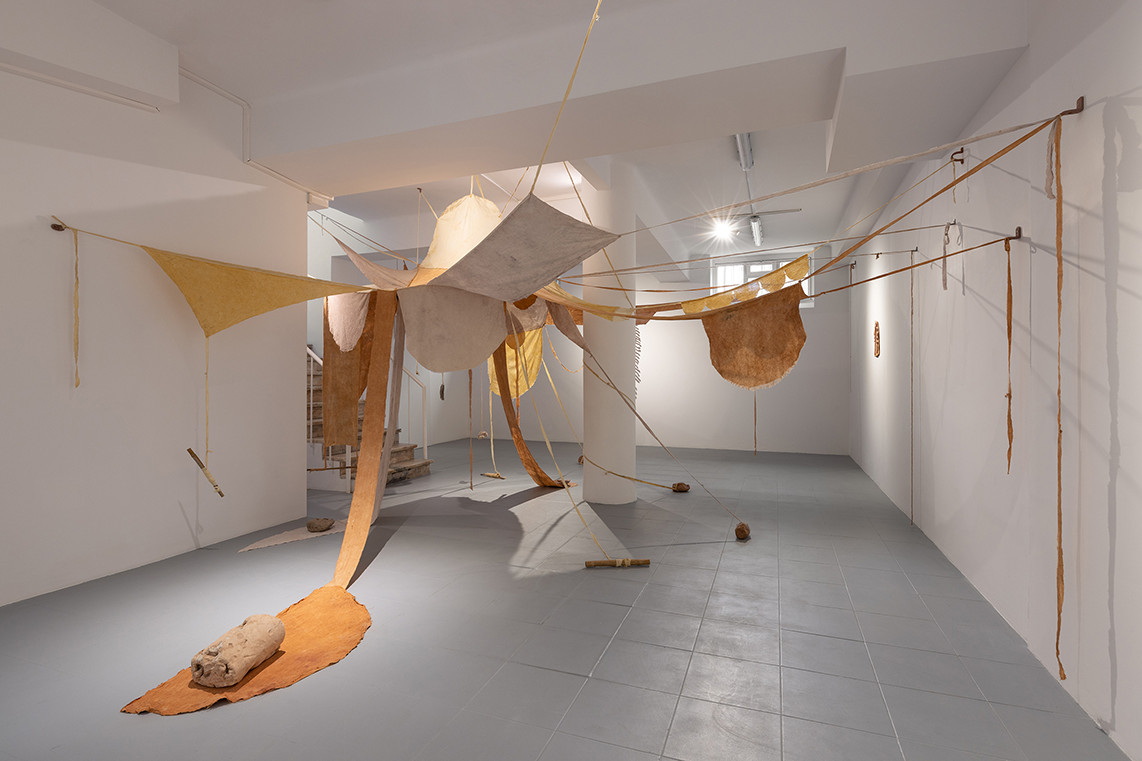There is a new exhibition by Ilda David’ at Sociedade Nacional de Belas Artes, entitled metamorfoses: Os rios transbordam e desabam…, curated by Nuno Faria and open to the public until July 22.
At first sight, this show’s website description appears vague. Metamorphosis, cosmologies, poetry, multiple materials, hybridism, countless concepts that seem to promise too much for a single room. Wanting to have almost all art subjects in 36 works sounds like an impossible assumption to fulfil.
But, as we wander through the exhibition, that is exactly what happens: solidly and cohesively, it explores the original themes of all that is human in nature. With poetic references and Greek figures, it manages to embrace the world. Focused on greens and blues of paint (Águas Estreitas 32), which bring us freshness and depth, with white chalk-like notes (Metamorfoses Egéria, for example), short strokes that recall tree roots superimposed on watery forms.
This exhibition, consisting almost entirely of new works, manages to let drops of paint run, but also to find pockets of ice (Metamorfoses – Ariadne) and cave fire (Metamorfoses – Vulcano), never putting aside human figures, scarcely defined ghostly shadows (Sem Título) in freedom, but without much glee. There is only one explicit reference to death (Sem Título), hovering over some paintings. But the show seems to be mostly an ode to life.
The space is not crowded. The rectangular pieces manage to have room to breathe in the oval room. With only one division, the work is one.
The artist’s path had already included undefined figures, both in black and white combinations (Ilda David’, Imprensa Nacional-Casa da Moeda, 1986), and in colours laden with meaning (Ilda David’, 1991, Galeria 111). These human undulations were later combined with a turn to contours of forms made of cracks (Ilda David’, Galeria Fernando Santos, 1999). The exhibition Incubus (Parque Expo98, 2000), for the illustration of an edition of Goethe’s Faust, is essential to bind both artistic moments, between the figures of a Hades/Pluto underworld and the exploration of the world of natural elements, among winds, smoke and deserts. Only then came water.
As if the superimposition of these elements on the literature that inspired them were not enough, there is a second theme in the exhibition. It rumbles in the background, not immediately. It is in the hanging linen maps (Por Alguns Dias 1, Por Alguns Dias 2 and Por Alguns Dias 3), where there are imagined cartographies, without the accuracy of earthly reality. We learn, from a passage in the exhibition text on the role of weaving in Ancient Greece, about the time-consuming nature of crafting. This choice is not formally innocent. To underline this, the linen pieces stand alongside a painting female figure in desert yellow (Incubus XVI), in a land gutted by drought – thirsty for the water that fills other paintings. This does not detract from the original theme, it completes it. The female side appears in relation to incubi, male demonic figures from the Middle Ages, who sought out sleeping women to possess them. It is the pagan realm of the underworld bordering on Christian dread.
Finally, the first piece (Lineamenta 3), a step above the floor, around which the exhibition rises, has a different composition, not only in the materials. With various types of mosaics, it builds a blue and black labyrinth, dotted with white and red. The material is an integral part of nature, but the composition also reconstructs other more urban topographies, reminiscent of archaeological remains. A “touch and go” of the inevitable in landscape, as we always talk here about mutations.
Ilda David’ had already explored cracked yellows (Incubus, 2000, Parque Expo98), oriental whites (Camarupa, Galeria Fernando Santos, 2003), biblical reds and browns (Pentateuco, Assírio & Alvim, 2007), shadows with all materials (Do negro a luz, Fundação Carmona e Costa, 2016), in a chromatic experience now completed. The blues of the painting, a majority in the exhibition, recreate the world of the naiads, freshwater nymphs, and remind us that until now everything has been made of verses. The artist made clear her love for poetry when she made the cover of several volumes of Portuguese poetry. We know that this is a constant in her career. The author does not choose between painting and poetry, because in her work they are in perfect symbiosis. This is borne out in the representation of water and earth, it is even drawn in stone, which is structural and part of a signature of its own. After all, the exhibition bears the same name as Ovid’s masterpiece.
As José Tolentino Mendonça, who follows hers closely, puts it: “And then, it is as if the earth (and that earth which is painting) gave in to the weight of the sublime. And the shuddering of the world’s instability also signals the outbreak of a rare, absolute presence. Sometimes I think that Ilda David’s painting’ has the beauty of the floods caused in the fields by the pouring rain, neighbours again to its beginning”. (Mendonça, José Tolentino, “Ilda David’: A Percepção Sublime” in Ilda David’, Porto, Galeria Fernando Santos, p. 7).
